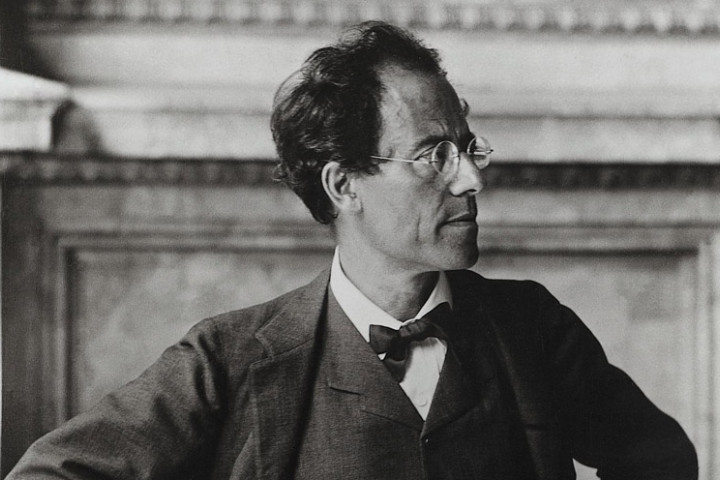The History of Symphony No. 1, ‘Titan’ – Gustav Mahler’s Bold Beginning
Gustav Mahler’s Symphony No. 1 in D major, often referred to by its early nickname “Titan”, marks the dazzling debut of one of the most visionary symphonists in classical music history. Composed between 1887 and 1888 when Mahler was still in his twenties, this symphony showcases the bold originality, emotional depth, and orchestral innovation that would come to define his entire body of work.
A Young Conductor with Big Ambitions
By the late 1880s, Mahler was establishing his career as a conductor, serving in posts across Central Europe. Despite the demands of this profession, he remained passionate about composition, seeing it as the true measure of his artistic identity. With Symphony No. 1, Mahler aimed to go beyond traditional forms and create a deeply personal, expressive work that fused narrative, nature, and symphonic power.
From Symphonic Poem to Symphony
The symphony was initially conceived as a tone poem in symphonic form, influenced by literary and philosophical sources, particularly the romantic novel “Titan” by Jean Paul, from which the early version drew its title. Mahler’s first draft included a programmatic description and five movements, intended to guide listeners through a story of youthful innocence, heartbreak, despair, and triumph.
The original five-movement version premiered in Budapest on November 20, 1889. However, the reception was mixed to negative. Audiences and critics were baffled by its unusual structure, emotional intensity, and use of musical references ranging from folk tunes to funeral marches. Mahler was deeply affected by the criticism and spent years revising the work.
Revisions and the Final Four-Movement Form
Over the next decade, Mahler made significant changes. He removed the second movement—“Blumine”, a gentle, lyrical piece derived from incidental music he had composed for a play—and dropped the descriptive titles. By the time the work was published in 1899, it had become a four-movement symphony, stripped of its original program and the “Titan” title. Despite this, the nickname remains popular and is still often used in performance and recordings.
The final structure of the symphony is as follows:
- Langsam, schleppend – Im Anfang sehr gemächlich
A mysterious introduction that unfolds into a vibrant theme inspired by birdsong and nature. - Kräftig bewegt, doch nicht zu schnell
A rustic and energetic dance, often likened to a Ländler—a traditional Austrian folk dance. - Feierlich und gemessen, ohne zu schleppen
The famous funeral march based on the children’s song “Frère Jacques”, presented in a haunting minor key. - Stürmisch bewegt
A dramatic and triumphant finale that struggles through chaos before reaching a blazing, victorious conclusion.
A Groundbreaking Work in Context
Mahler’s Symphony No. 1 stands out for its blend of styles and emotional breadth. He drew from a wide range of influences—Austrian folk music, military fanfares, Jewish klezmer, and classical forms—and fused them into a cohesive, expressive whole. His use of orchestration was bold and often unconventional, pushing the boundaries of what a symphony could convey.
Though it was misunderstood at first, the First Symphony is now celebrated as a landmark in the evolution of the symphonic tradition. It heralded the beginning of Mahler’s monumental journey as a composer of nine completed symphonies—each one a universe of sound and meaning.
Legacy of the ‘Titan’
Today, Symphony No. 1 is one of Mahler’s most frequently performed and recorded works. It captivates audiences with its cinematic scope, emotional drama, and vivid storytelling. What was once viewed as puzzling or excessive is now recognized as a brilliant declaration of a young composer’s unique voice.
For Mahler, this symphony was not just a musical statement—it was a manifesto. With Titan, he announced his intention to transform the symphony into something far greater than mere form: a vessel for the complexities of life, death, love, nature, and the human spirit.


Comments are closed